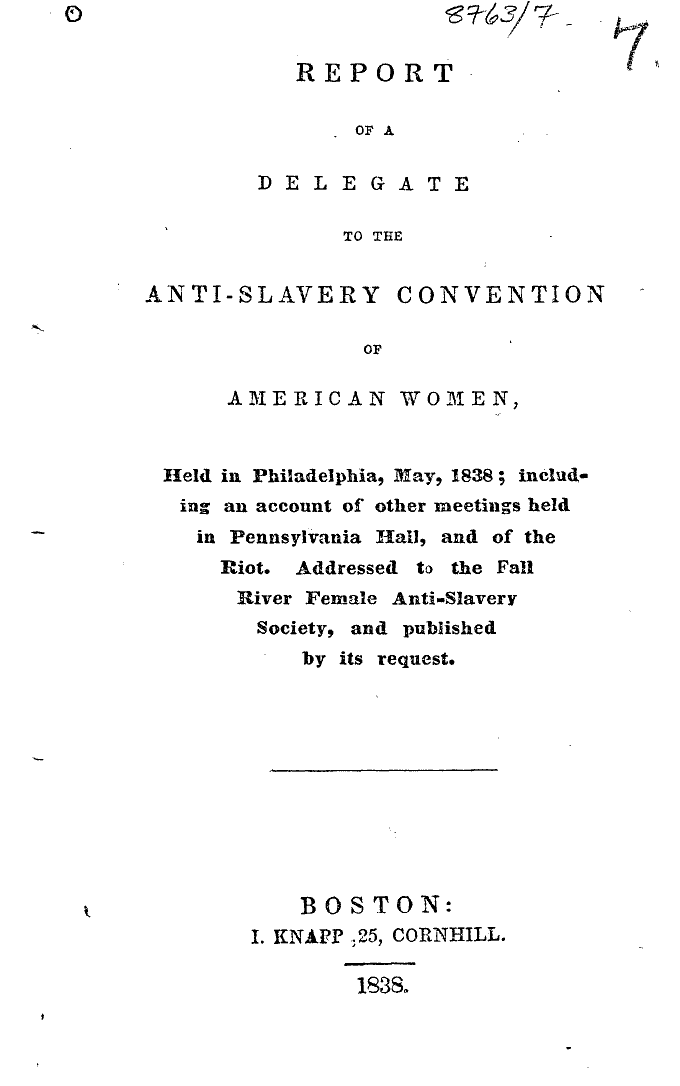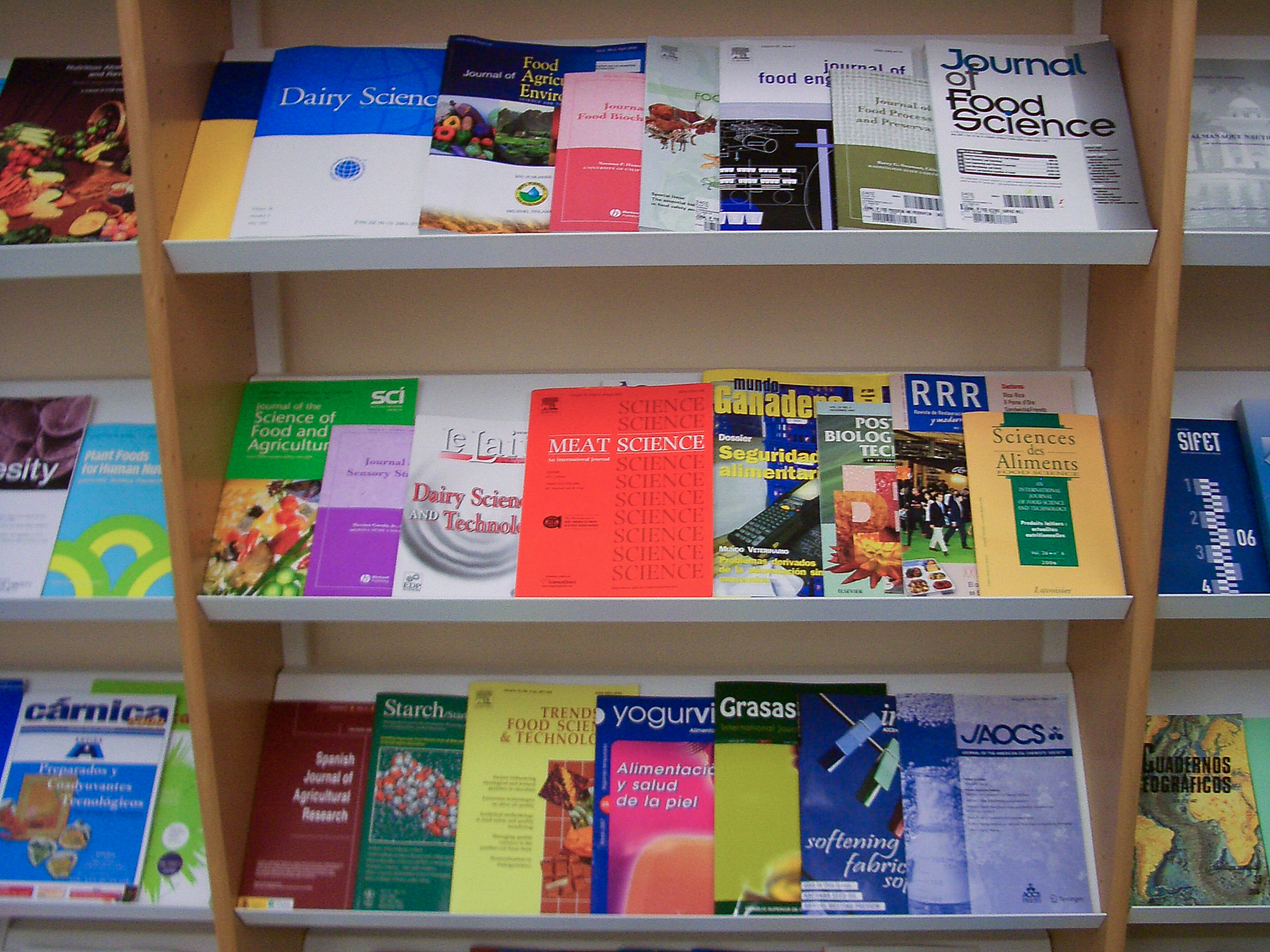|
Zeitschriftendatenbank
The or ZDB (translated as: ''German Union Catalogue of Serials'') is the central bibliographical database for title and ownership records of ongoing collections in Germany and Austria, for example from trade journals, magazines and newspapers. The ZDB holds records of almost all German scientific libraries and many other public libraries and is freely available on the Internet. The journal database is managed by the (SBB) in cooperation with the (DNB), the German National Library, which is responsible for the technical system support and further development. Overview The basic requirement for the inclusion of a title in the journal database is that it belongs to the genre of the continuous collective works like periodicals, serials or series issued in several parts (booklets, volumes) and which are not limited in the duration of publication (such as lexica). The spectrum includes not only printed evidence (print media), but also titles from electronic journals and microfo ... [...More Info...] [...Related Items...] OR: [Wikipedia] [Google] [Baidu] |
Gemeinsame Körperschaftsdatei
The or GKD (translated as ''Corporate Bodies Authority File'') is a German authority control for the organisation of corporation names (corporate bodies) from catalogues. It is used mainly for documentation in libraries. Like the (SWD) (English: Subject Headings Authority File) and the (PND) (English: Name Authority File), the GKD is looked after and updated by the German National Library (DNB), the Bavarian State Library, the Berlin State Library and, since 1997, the Austrian National Library, several library networks taking part. The responsible editor is the State Library in Berlin. The GKD was created in the 1970s from the catalogue data of the (ZDB). In April 2004 it contained more than 915,000 records. Since April 2012 GKD, SWD and PND are part of the (GND) (English: Integrated Authority File). Structure As with the SWD and PND, the (RAK or RAK-WB) are used. They stipulate, amongst other things, what counts as a corporation. These include, ''inter alia'', local a ... [...More Info...] [...Related Items...] OR: [Wikipedia] [Google] [Baidu] |
Bibliographical Database
A bibliographic database is a database of bibliographic records, an organized digital collection of references to published literature, including journal and newspaper articles, conference proceedings, reports, government and legal publications, patents, books, etc. In contrast to library catalogue entries, a large proportion of the bibliographic records in bibliographic databases describe articles, conference papers, etc., rather than complete monographs, and they generally contain very rich subject descriptions in the form of keywords, subject classification terms, or abstracts. A bibliographic database may be general in scope or cover a specific academic discipline like computer science. A significant number of bibliographic databases are proprietary, available by licensing agreement from vendors, or directly from the indexing and abstracting services that create them. Many bibliographic databases have evolved into digital libraries, providing the full text of the indexed co ... [...More Info...] [...Related Items...] OR: [Wikipedia] [Google] [Baidu] |
Microform
Microforms are scaled-down reproductions of documents, typically either films or paper, made for the purposes of transmission, storage, reading, and printing. Microform images are commonly reduced to about 4% or of the original document size. For special purposes, greater optical reductions may be used. Three formats are common: microfilm (reels), microfiche (flat sheets), and aperture cards. Microcards, also known as "micro-opaques", a format no longer produced, were similar to microfiche, but printed on cardboard rather than photographic film. History Using the daguerreotype process, John Benjamin Dancer was one of the first to produce microphotographs, in 1839. He achieved a reduction ratio of 160:1. Dancer refined his reduction procedures with Frederick Scott Archer's wet collodion process, developed in 1850–51, but he dismissed his decades-long work on microphotographs as a personal hobby and did not document his procedures. The idea that microphotography could be no ... [...More Info...] [...Related Items...] OR: [Wikipedia] [Google] [Baidu] |
WorldCat
WorldCat is a union catalog that itemizes the collections of tens of thousands of institutions (mostly libraries), in many countries, that are current or past members of the OCLC global cooperative. It is operated by OCLC, Inc. Many of the OCLC member libraries collectively maintain WorldCat's database, the world's largest bibliographic database. The database includes other information sources in addition to member library collections. OCLC makes WorldCat itself available free to libraries, but the catalog is the foundation for other subscription OCLC services (such as resource sharing and collection management). WorldCat is used by librarians for cataloging and research and by the general public. , WorldCat contained over 540 million bibliographic records in 483 languages, representing over 3 billion physical and digital library assets, and the WorldCat persons dataset (Data mining, mined from WorldCat) included over 100 million people. History OCLC OCLC, Inc., doing bus ... [...More Info...] [...Related Items...] OR: [Wikipedia] [Google] [Baidu] |
Gemeinsame Normdatei
The (translated as ''Integrated Authority File'', also known as the ''Universal Authority File'') or GND is an international authority file for the organisation of personal names, subject headings and corporate bodies from catalogues. It is used mainly for documentation in libraries and increasingly also by archives and museums. The GND is managed by the German National Library (german: Deutsche Nationalbibliothek, links=no; DNB) in cooperation with various regional library networks in German-speaking Europe and other partners. The GND falls under the Creative Commons Zero (CC0) licence. The GND specification provides a hierarchy of high-level entities and sub-classes, useful in library classification, and an approach to unambiguous identification of single elements. It also comprises an ontology intended for knowledge representation in the semantic web, available in the RDF format. The GND became operational in April 2012 and integrates the content of the following autho ... [...More Info...] [...Related Items...] OR: [Wikipedia] [Google] [Baidu] |
Creative Commons Zero
A Creative Commons (CC) license is one of several public copyright licenses that enable the free distribution of an otherwise copyrighted "work".A "work" is any creative material made by a person. A painting, a graphic, a book, a song/lyrics to a song, or a photograph of almost anything are all examples of "works". A CC license is used when an author wants to give other people the right to share, use, and build upon a work that the author has created. CC provides an author flexibility (for example, they might choose to allow only non-commercial uses of a given work) and protects the people who use or redistribute an author's work from concerns of copyright infringement as long as they abide by the conditions that are specified in the license by which the author distributes the work. There are several types of Creative Commons licenses. Each license differs by several combinations that condition the terms of distribution. They were initially released on December 16, 2002, by ... [...More Info...] [...Related Items...] OR: [Wikipedia] [Google] [Baidu] |
Metadata
Metadata is "data that provides information about other data", but not the content of the data, such as the text of a message or the image itself. There are many distinct types of metadata, including: * Descriptive metadata – the descriptive information about a resource. It is used for discovery and identification. It includes elements such as title, abstract, author, and keywords. * Structural metadata – metadata about containers of data and indicates how compound objects are put together, for example, how pages are ordered to form chapters. It describes the types, versions, relationships, and other characteristics of digital materials. * Administrative metadata – the information to help manage a resource, like resource type, permissions, and when and how it was created. * Reference metadata – the information about the contents and quality of statistical data. * Statistical metadata – also called process data, may describe processes that collect, process, or produce st ... [...More Info...] [...Related Items...] OR: [Wikipedia] [Google] [Baidu] |
Languages
Language is a structured system of communication. The structure of a language is its grammar and the free components are its vocabulary. Languages are the primary means by which humans communicate, and may be conveyed through a variety of methods, including spoken language, spoken, sign language, sign, and written language. Many languages, including the most widely-spoken ones, have writing systems that enable sounds or signs to be recorded for later reactivation. Human language is highly variable between cultures and across time. Human languages have the properties of Productivity (linguistics), productivity and Displacement (linguistics), displacement, and rely on Convention (norm), social convention and learning. Estimates of the number of human languages in the world vary between and . Precise estimates depend on an arbitrary distinction (dichotomy) established between languages and dialects. Natural languages are speech, spoken, signed, or both; however, any language can ... [...More Info...] [...Related Items...] OR: [Wikipedia] [Google] [Baidu] |
Interlibrary Loan
Interlibrary loan (abbreviated ILL, and sometimes called interloan, interlending, document delivery, document supply, or interlibrary services, abbreviated ILS) is a service where patrons of one library can borrow materials and receive photocopies of documents that are owned by another library. The user makes a request with a library, which identifies libraries with the desired item, places the request, receives the item, gives it to the user, and arranges for its return. In some cases, fees accompany interlibrary loan services. Procedures and methods A borrowing library sends, on behalf of its patron, a borrowing request to an owning library for original, photocopy, or scan materials. The owning library sends materials to the borrowing library or supplies a reason for why the request cannot be filled. Interlibrary loan and resource sharing have a variety of systems and workflows, often based on the scale of service, regional networks, and library systems. Processes are automate ... [...More Info...] [...Related Items...] OR: [Wikipedia] [Google] [Baidu] |
Title (publishing)
The title of a book, or any other published text or work of art, is a name for the work which is usually chosen by the author. A title can be used to identify the work, to put it in context, to convey a minimal summary of its contents, and to pique the reader's curiosity. Some works supplement the title with a subtitle. Texts without separate titles may be referred to by their incipit (first word), especially those produced before the practice of titling became popular. During development, a work may be referred to by a temporary working title. A piece of legislation may have both a short title and a long title. In library cataloging, a uniform title is assigned to a work whose title is ambiguous. In book design, the title is typically shown on the spine, the front cover, and the title page. History The first books, such as the Five Books of Moses, in Hebrew Torah, did not have titles. They were referred to by their incipit: ''Be-reshit'', "In the beginning" (Genesis), ''Va-yik ... [...More Info...] [...Related Items...] OR: [Wikipedia] [Google] [Baidu] |
Electronic Journal
An academic journal or scholarly journal is a periodical publication in which scholarship relating to a particular academic discipline is published. Academic journals serve as permanent and transparent forums for the presentation, scrutiny, and discussion of research. They nearly-universally require peer-review or other scrutiny from contemporaries competent and established in their respective fields. Content typically takes the form of articles presenting original research, review articles, or book reviews. The purpose of an academic journal, according to Henry Oldenburg (the first editor of ''Philosophical Transactions of the Royal Society''), is to give researchers a venue to "impart their knowledge to one another, and contribute what they can to the Grand design of improving natural knowledge, and perfecting all Philosophical Arts, and Sciences." The term ''academic journal'' applies to scholarly publications in all fields; this article discusses the aspects common to all ac ... [...More Info...] [...Related Items...] OR: [Wikipedia] [Google] [Baidu] |
Trade Journal
A trade magazine, also called a trade journal or trade paper (colloquially or disparagingly a trade rag), is a magazine or newspaper whose target audience is people who work in a particular trade or industry. The collective term for this area of publishing is the trade press. Overview Trade publications keep industry members abreast of new developments. In this role, it functions similarly to how academic journals or scientific journals serve their audiences. Trade publications include targeted advertising, which earns a profit for the publication and sales for the advertisers while also providing sales engineering–type advice to the readers, that may inform purchasing and investment decisions. Trade magazines typically contain advertising content centered on the industry in question with little, if any, general-audience advertising. They may also contain industry-specific job notices. For printed publications, some trade magazines operate on a subscription b ... [...More Info...] [...Related Items...] OR: [Wikipedia] [Google] [Baidu] |



.jpg)


